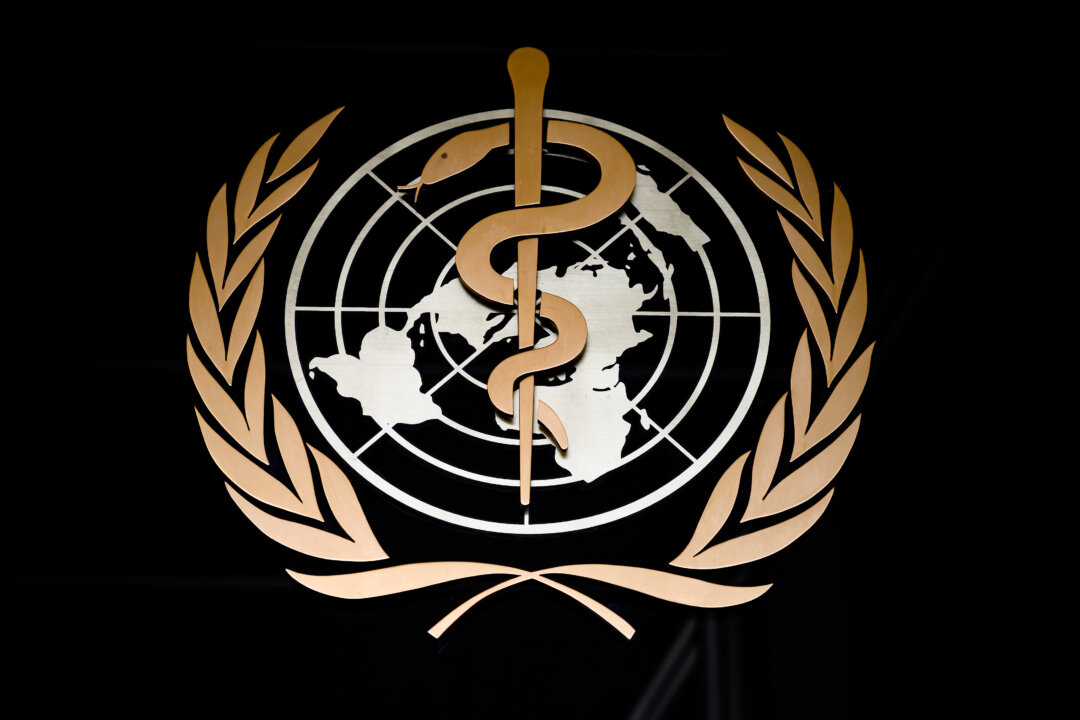The International Agency for Research on Cancer (IARC), the cancer agency of the World Health Organization (WHO), classified two common substances used in products such as clothing and cosmetics as carcinogenic. The scientists classified acrylonitrile as Group 1 “carcinogenic to humans on the basis of sufficient evidence for cancer in humans for lung cancer.” Group 1 is the highest level of certainty that a substance can cause cancer.
One study reviewed by researchers looked at workers from different industries using or producing acrylonitrile and found that higher exposure was linked to higher rates of lung cancer mortality. Talc is a naturally occurring mineral used in cosmetics such as body powders and deodorants. Human exposure via these items is well documented, IARC noted.

People can get exposed to talc via drugs and food, although documentation of cases remains scarce. The scientists classified talc under Group 2A, or “probably carcinogenic to humans.” The researchers found “limited evidence for cancer in humans (for ovarian cancer).
” They discovered “sufficient evidence” of cancer among experimental animals. There was “strong mechanistic evidence” that talc exhibits certain carcinogenic characteristics. At the time, Francesco Branca, the WHO’s nutrition and food safety director, said that the agency was neither asking companies to withdraw aspartame products nor recommending people to stop consuming it.
“We’re just advising for a bit of moder.























